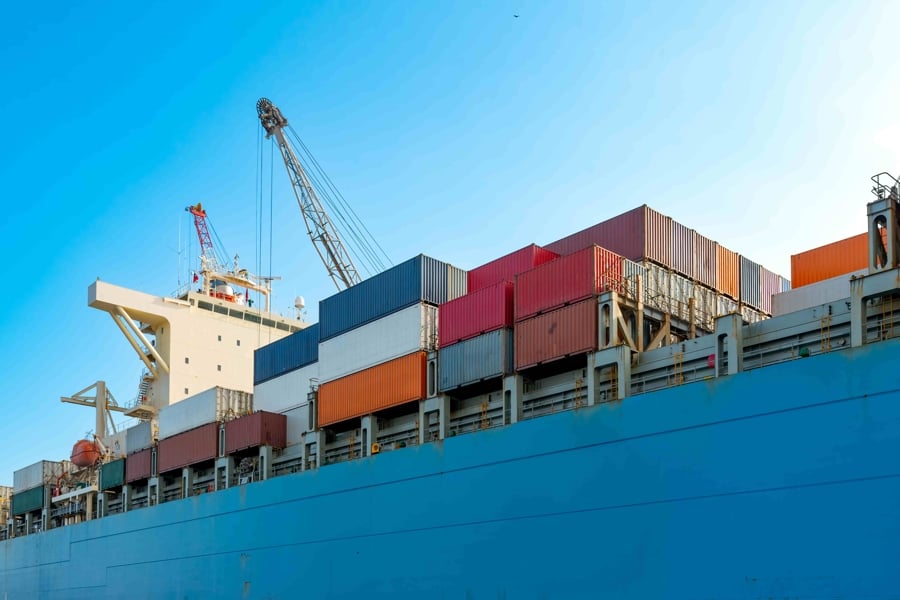
This one-day course also offers a detailed view of LR’s Argonaut software, training you in utilising the tools it provides for effective reporting of hull-structure thickness measurements regulated by the complex requirements surrounding the criteria for non-destructive steel evaluation.
Overview
The benefit of understanding the end-to-end process regarding thickness measurement of hull structures (as followed by Lloyd’s Register (LR) surveyors) is that it helps you become more effective during major surveys to meet the high demands of today’s society for protecting the asset you are working on.
Who will benefit?
The course benefits anyone who carries out inspections of hull structures and who participates in executing thickness measurements, including thickness measurement operators, superintendents, masters, first officers, chief engineers, ship officers, shipyard personnel and independent surveyors.
A few years ago, a definition of enhanced survey procedures (ESP) did not exist and surveys were somewhat simpler to conduct and report on. Since the introduction of ESP, surveys have become more complex, and the IMO and IACS have introduced many individual requirements that apply to specific ship types and affect hull-structure thickness evaluation and criteria. The reporting aspect of modern surveys has become a demanding and time-consuming process for everyone involved.
You will learn the impact that ESP have had on ship safety since their introduction, and how to identify locations on the ship that may be considered suspect for corrosion and wastage. The course will offer you reliable inspection techniques that are used by LR surveyors worldwide. The criteria applicable for ships today have become very complex; various regulations impact particular areas of the ship in additional to specific evaluation criteria (mainly for tankers or common structural rules (CSR) ships) and CAP surveys.
By the end of the course delegates will be able to:
- Better understand the impact of ESP on modern ship reliability and structural safety
- Understand the requirements for thickness measurements of hull structures
- Be more familiar with some of the basic descriptors of ship structures
- Gain an understanding of the steps required for the thickness measurement process
- Understand what criteria to apply on modern ships’ hull structures
- Gain experience in better identification of ship suspect areas (using techniques employed by LR surveyors in the field)
- Learn the similarities and differences between CSR and non-CSR ships in terms of thickness measurement criteria
- Understand the tanker requirements for longitudinal strength evaluation and deck buckling criteria, as well as how to apply and report them in Argonaut
- Learn the Argonaut software end to end and cover all the features it offers to its users
- Gain a detailed understanding of how to use Argonaut for class or CAP reports and how to share data between the two TM jobs






 Enhanced surveys and the application of 'Argonaut'
Enhanced surveys and the application of 'Argonaut'
